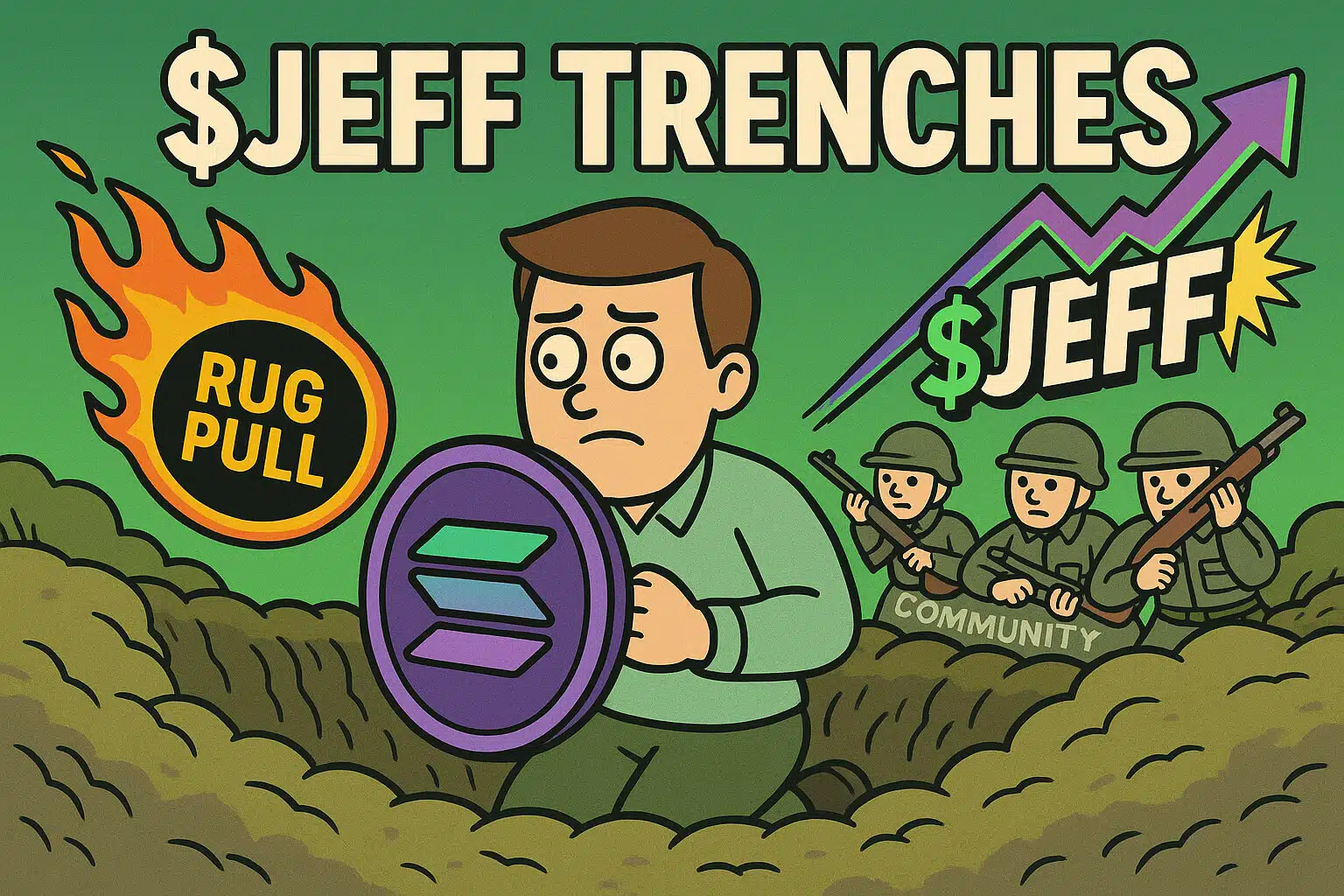Understanding Yield Farming in Crypto: A Comprehensive Guide
Yield farming is taking the DeFi world by storm, allowing crypto investors to maximize returns through strategic use of their assets. In this guide, we’ll break down everything you need to know about yield farming, from basic concepts to advanced strategies, and how to navigate the risks involved.
What is Yield Farming?
Yield farming, or liquidity mining, is a process where investors lend or stake their cryptocurrency assets in decentralized finance (DeFi) protocols to earn rewards. These rewards typically come in the form of additional cryptocurrency, making yield farming an attractive way to generate passive income in the crypto space.
How Does Yield Farming Work?
Yield farming operates on blockchain networks like Ethereum, leveraging smart contracts to automate the process. Here’s a simple breakdown:
- Liquidity Pools: Investors deposit their assets into liquidity pools on decentralized exchanges (DEXs) like Uniswap or SushiSwap.
- Earning Rewards: As these pools facilitate trades, investors earn a portion of the transaction fees proportional to their share in the pool.
- Staking: Alternatively, investors can stake their assets in DeFi protocols such as Aave or Compound to earn interest or additional tokens.
Benefits of Yield Farming
Yield farming offers several key benefits, making it a popular choice among crypto investors:
- High Returns: Potential for higher returns compared to traditional financial products.
- Passive Income: Generate rewards without active trading or constant monitoring.
- Diversification: Spread investments across various DeFi protocols to mitigate risk.
- Liquidity: Easy entry and exit from most DeFi platforms, providing flexibility.
Popular Yield Farming Strategies
To make the most of yield farming, it’s important to employ effective strategies. Here are some commonly used approaches:
1. Liquidity Provision
Providing liquidity to DEXs involves depositing pairs of tokens into a liquidity pool. As traders use the pool, you earn a share of the fees. Choosing pairs with high trading volumes can enhance your returns.
2. Staking
Staking involves locking up your crypto assets to support a blockchain network. In return, you earn staking rewards, which can vary based on the network’s performance and the amount staked.
3. Yield Aggregators
Yield aggregators like Yearn.finance optimize returns by automatically reallocating your assets across different DeFi protocols. This saves time and maximizes profits by continuously seeking the best yields.
4. Lending and Borrowing
Platforms like Aave and Compound allow you to lend your assets to earn interest or borrow against them. Lending offers steady income, while borrowing can be used for more complex investment strategies.
Risks and Considerations
Yield farming is not without risks. Here are some key considerations to keep in mind:
- Impermanent Loss: Changes in token prices can lead to potential losses compared to holding the assets outright.
- Smart Contract Risks: Vulnerabilities or bugs in smart contracts can result in significant financial losses.
- Market Volatility: The crypto market’s inherent volatility can impact your returns.
- Regulatory Uncertainty: DeFi is still evolving, and future regulations could affect yield farming activities.

Getting Started with Yield Farming
Ready to embark on your yield farming journey? Follow these steps to get started:
1. Research
Conduct thorough research on different DeFi platforms and protocols. Look for projects with a solid track record and strong community support.
2. Choose Your Platform
Select a platform that aligns with your investment goals. Some popular options include Uniswap, Aave, Compound, and Yearn.finance.
3. Deposit Funds
Once you’ve chosen a platform, deposit your crypto assets into the appropriate pool or contract. Be sure to understand the process and any associated fees by reading the platform’s documentation.
4. Monitor Your Investments
Keep a close eye on your investments and be prepared to adjust your strategy as needed. The DeFi space is dynamic, and staying informed will help you maximize your returns.
Tips for Successful Yield Farming
To optimize your yield farming efforts, consider these tips:
- Diversify: Spread your investments across multiple platforms and assets to reduce risk.
- Stay Updated: Follow DeFi news and updates to stay informed about new opportunities and potential risks.
- Understand the Risks: Be aware of the risks involved and only invest what you can afford to lose.
- Use Trusted Platforms: Stick to reputable platforms with strong security measures to safeguard your funds.
FAQs About Yield Farming
What is the difference between yield farming and staking?
Yield farming typically involves providing liquidity to DeFi protocols and earning rewards from transaction fees, while staking involves locking up assets in a blockchain network to earn staking rewards.
How much can I earn from yield farming?
Earnings from yield farming can vary widely depending on the platform, strategy, and market conditions. High-risk strategies can yield substantial returns, but they also come with increased risk.
Is yield farming safe?
Yield farming carries risks, including impermanent loss, smart contract vulnerabilities, and market volatility. It’s essential to conduct thorough research and only invest what you can afford to lose.
How do I choose a yield farming platform?
Look for platforms with a solid reputation, transparent documentation, and strong security measures. Research user reviews and community feedback to make an informed decision.
Wrapping Up
Yield farming offers an exciting opportunity to earn passive income and maximize returns in the Web3 era. By understanding the basics, employing effective strategies, and staying informed, you can navigate the DeFi landscape and make the most of your crypto investments. Remember, while the potential rewards are high, so are the risks. Approach yield farming with caution and always do your due diligence.
For more tips and insights on navigating the world of Web3 and cryptocurrencies, be sure to read other informative blogs at Freecoins24.io and follow us on Twitter and Telegram for the latest Web3 Updates.
















